SHertrich JFO from susanna hertrich on Vimeo.
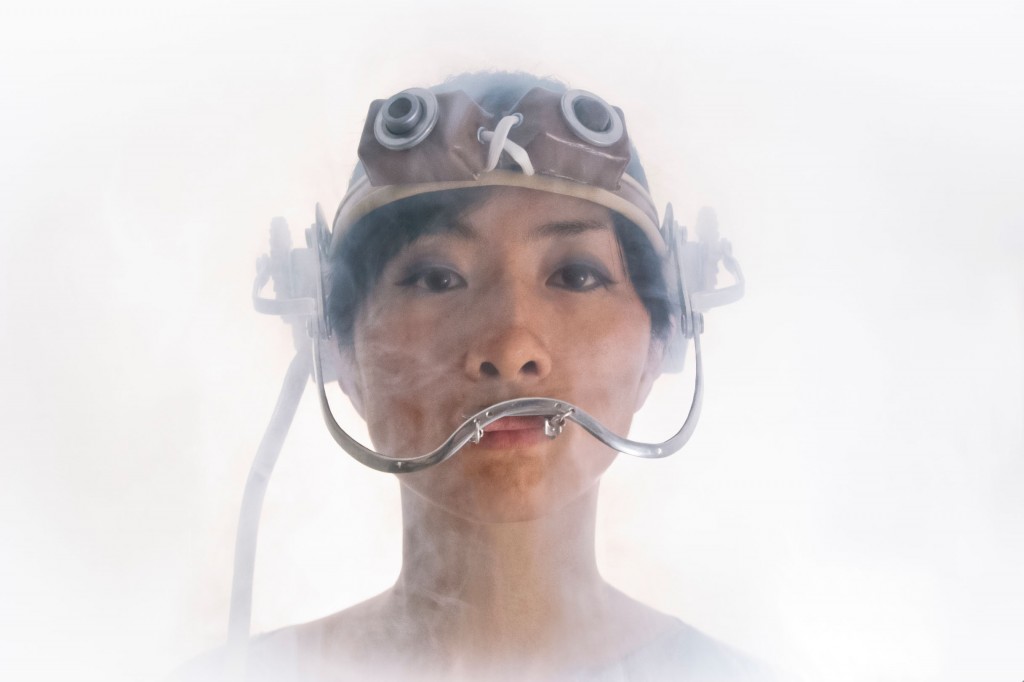
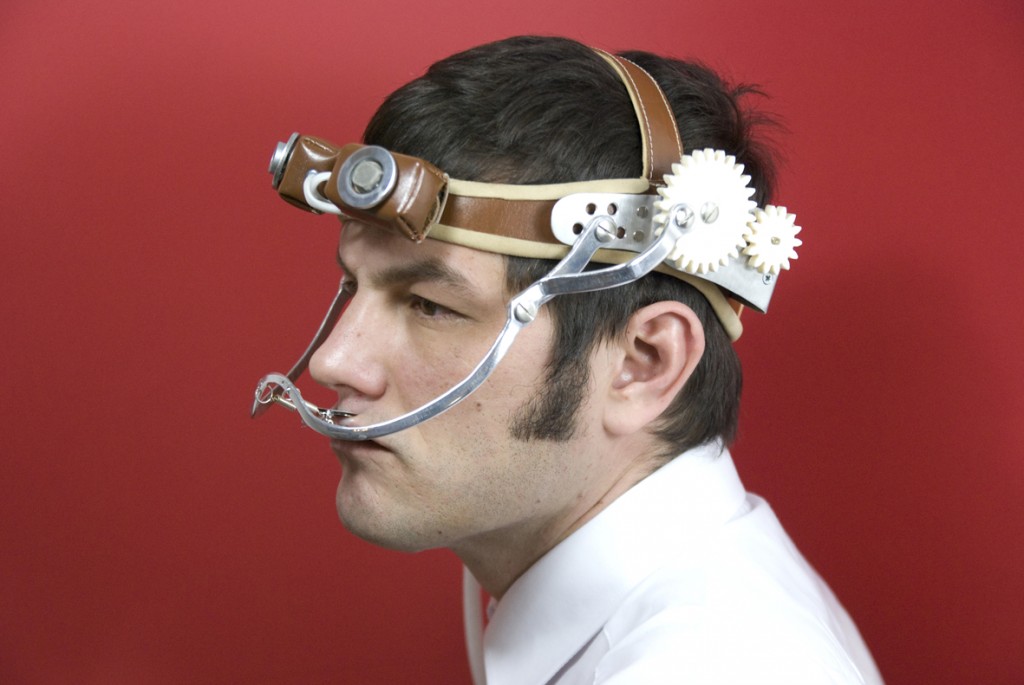
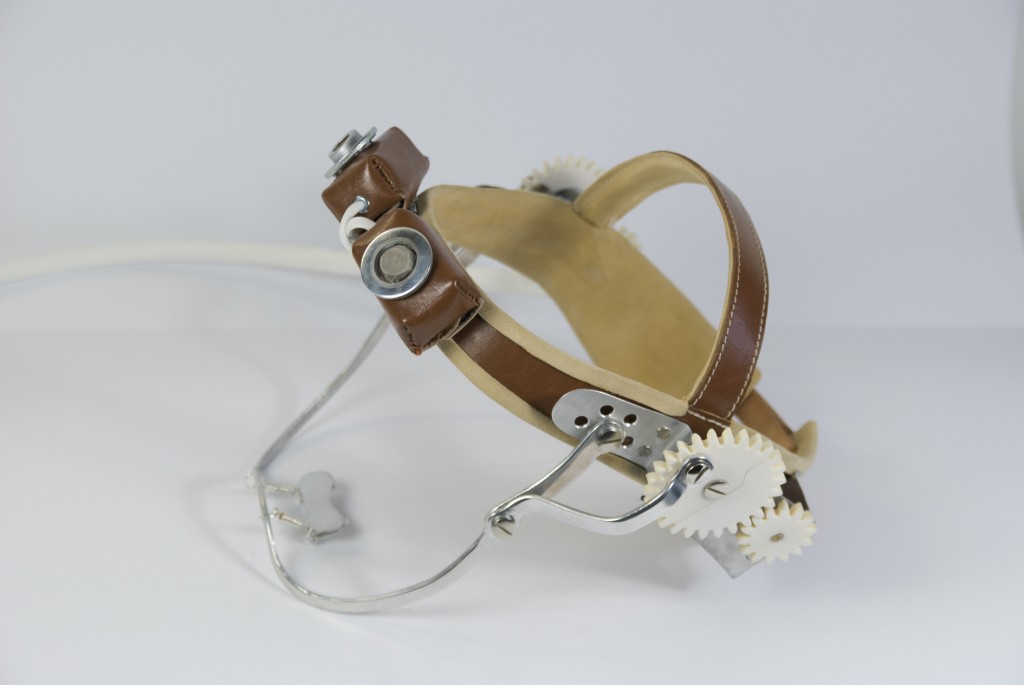
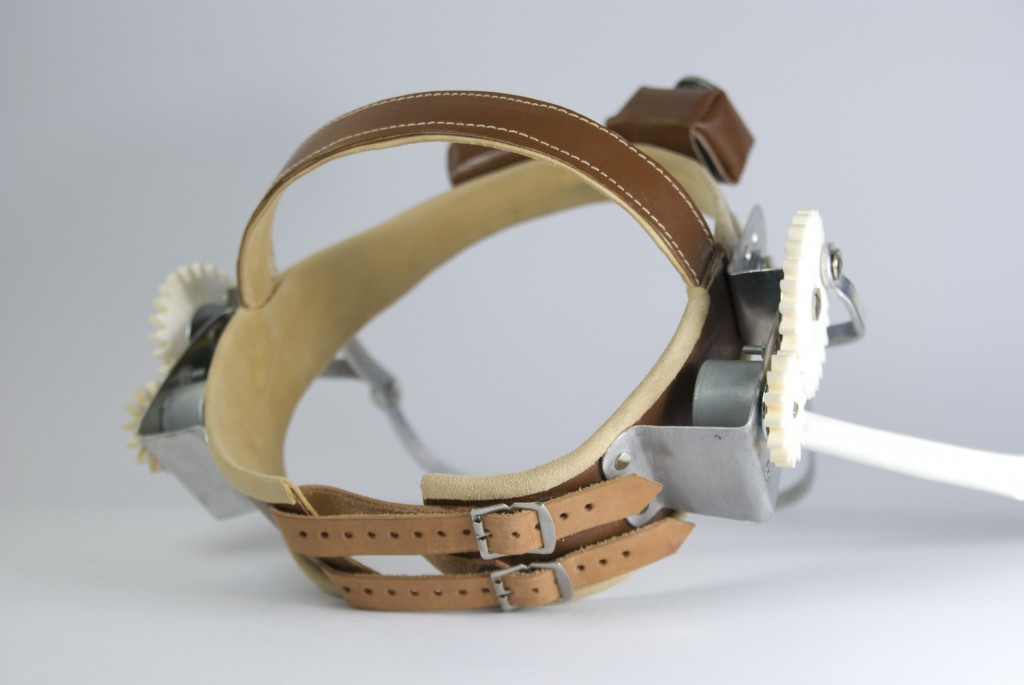
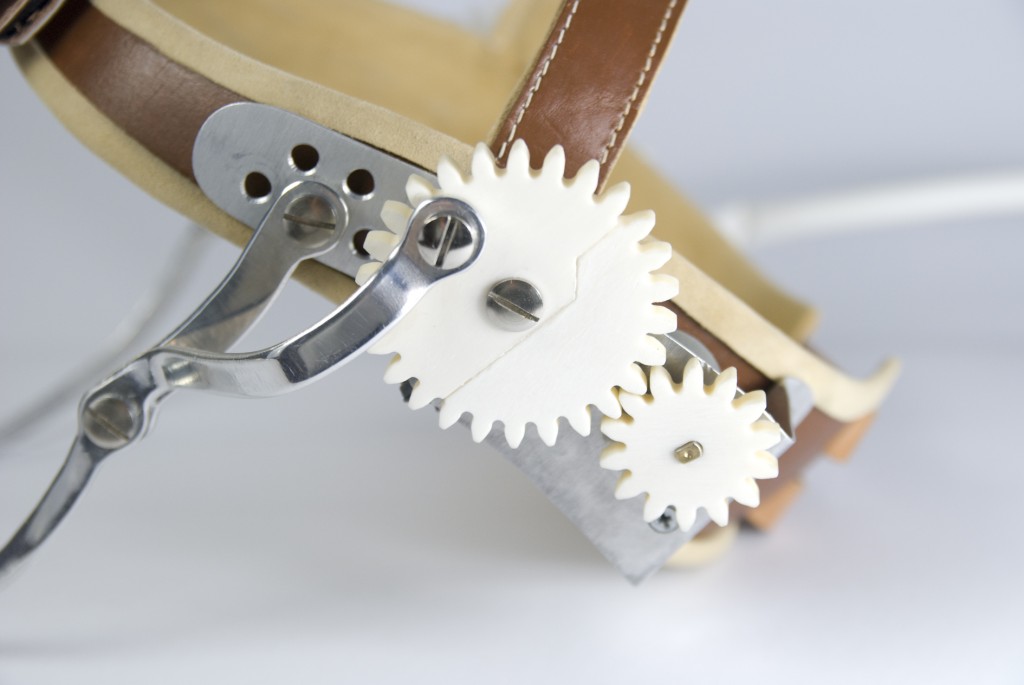
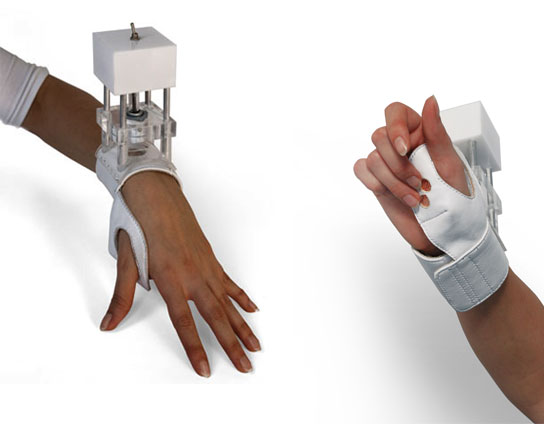
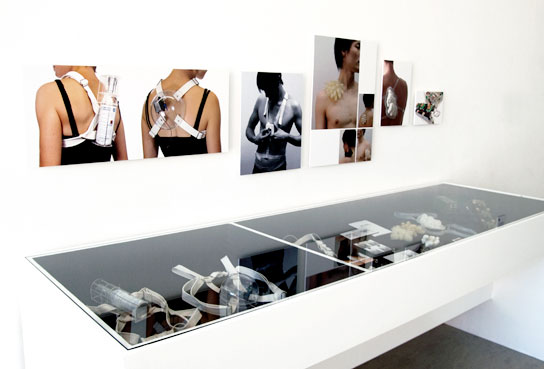
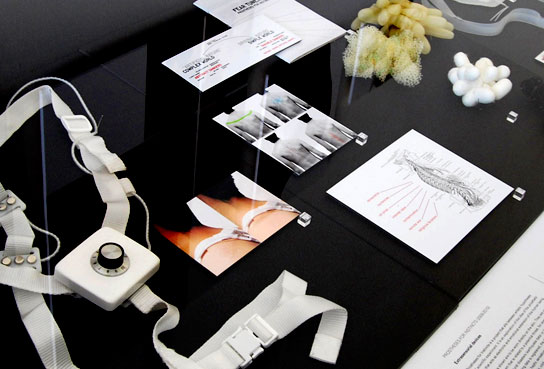
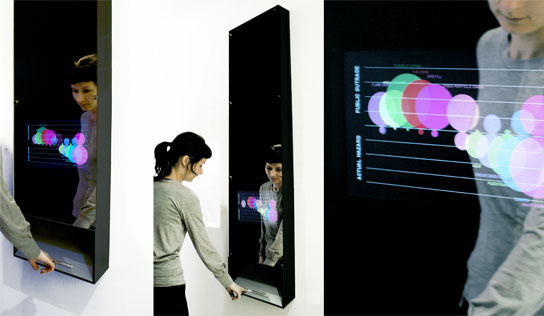
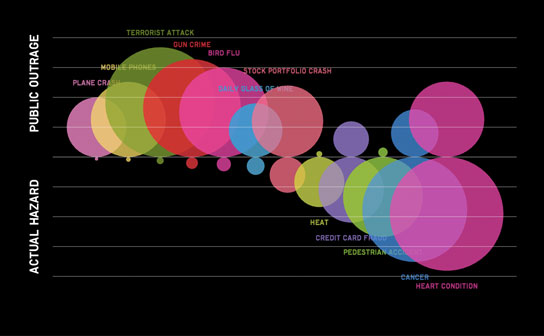
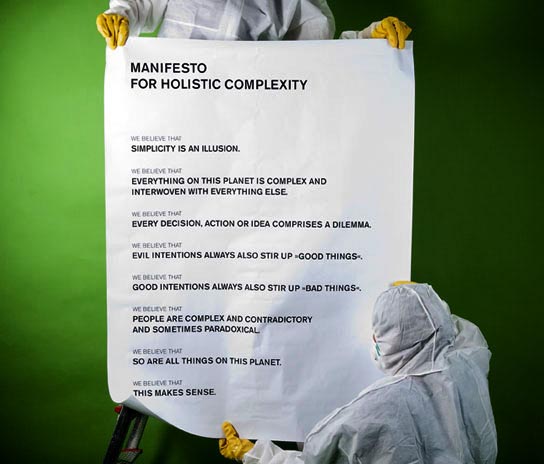

Susanna Hertrich’s body of work comprises devices, photography, graphics, sculpture and video. She tells stories that contain a surreal imagination for the functionality of objects, linking reality and fiction. Her works describe alternative realities that encourage the viewer to break free from accustomed perspectives on everyday life and take a position beyond valid norms. She explores moments of the »strangely familiar« transformed into seemingly mundane artefacts. Visualizing the invisible and celebrating moments of the Uncanny are recurring motifs. Her objects come with a clear directive – yet, their interpretation is completely left to the viewer.
Over the past years, my artistic research has been focused on investigating the role of the physical body in relation to our technology-driven environment. My interest was to find novel ways to overcome the boundaries between bodies, minds and technology.
I have approached the body as an instrument to our sensory perception with the goal to examine how machines could induce human emotions, while exploring their aesthetics, functionalists and ethical aspects. I have postulated the concept of a ‘man-made human evolution’ through anticipation of alternative uses for information technologies, as means of sensory augmentation.
Thereby, I have asked whether our natural bodies which basically remain unchanged since prehistoric times are fit for today’s challenges of survival under unnatural living conditions.
All these projects share a) a utilitarian approach, taking into consideration findings in psychology, behavioural biology, neuroscience and haptics, and b) an exploration of their poetic qualities. The artefacts and images resulting from this research have to be understood as vehicles to carry a narration about the cultural imaginaries in which these anticipated technologies have become reality.
For example, the investigation Prostheses for Instincts , in collaboration with the Meta Perception Group at University of Tokyo in 2009 looked at how instinctual reactions could be induced by tactile sensations, resulting into ‘artificial’, yet deeply emotional experiences in relation to data readings.
My recent and still ongoing project Jacobson’s Fabulous Olfactometer started during a residency at Tsinghua University Art & Science Media Laboratory in Beijing offers sensory augmentation for the human olfactory system under extreme living conditions of polluted mega-cities: the head-mounted device enables its wearer to directly sense chemicals in the air and as a warning signal, modifies the wearer’s face similar to a specific form of animal behavior called ‘Flehmen’.
Susanna Hertrich
SHertrich JFO from susanna hertrich on Vimeo.












